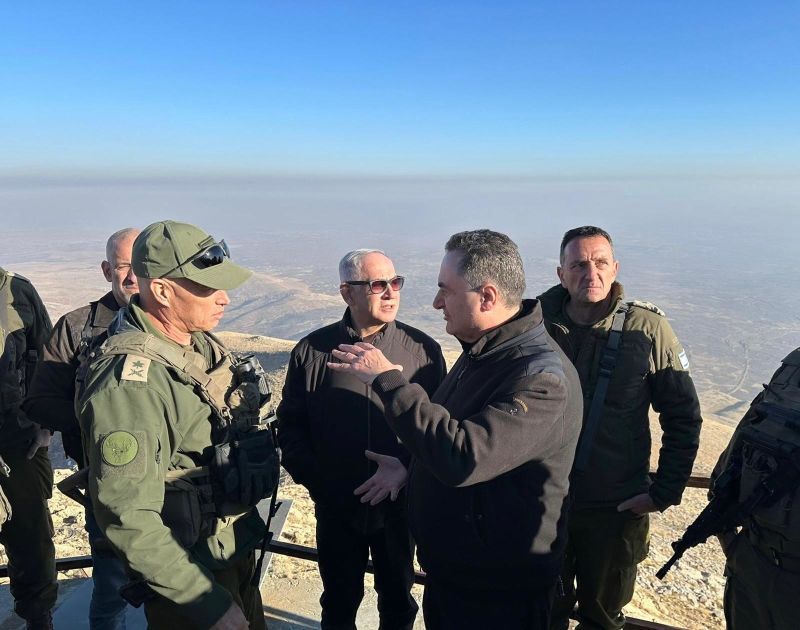Israel captured the strategically important mountain, Syria’s highest peak, following the fall of Bashar al-Assad’s regime to a rebel-led coalition earlier this month. Israeli officials including Netanyahu had initially characterized the advance as a temporary security measure.
The source said Netanyahu’s order was intended to keep forces in place long enough for the political-security situation in Syria to stabilize. He is also waiting, the source said, for clarity on whether Syria’s new leaders intend to honor a 1974 agreement that created a buffer zone along the shared border, on which Mount Hermon’s summit sits. Until the takeover, the summit was demilitarized and patrolled by UN peacekeepers – their highest permanent position in the world.
Syria’s new leader Ahmed al-Sharaa, better known by his nom de guerre Abu Mohammad al-Jolani, accused Israel of crossing “the lines of engagement” with its actions in Syria. Meanwhile, several Arab states have accused Israel of exploiting instability in Syria to execute a land grab and “occupy more Syrian territories.”
Netanyahu however has doubled down on the security need for control of the area saying that “Israel will not permit jihadi groups to fill that vacuum and threaten Israeli communities” in the occupied Golan Heights, an area in southwestern Syria that abuts Mount Hermon and which Israel captured and later annexed in 1981.
Just this past Sunday, the Israeli government approved a plan by Netanyahu to expand settlements in the Golan Heights, according to a statement from the prime minister’s office, saying that was “out of a desire to double the population” there.
Mount Hermon is a strategic position that overlooks Lebanon, Syria and Israel. It’s also just over 35 kilometers (about 22 miles) from Damascus, which means that control of its Syrian foothills – also currently in the hands of Israeli troops – put the Syrian capital within artillery range.
Mostafa Salem and Nadeen Ebrahim contributed to this report.

